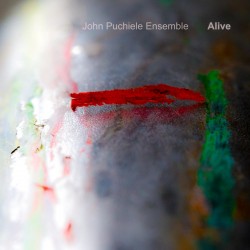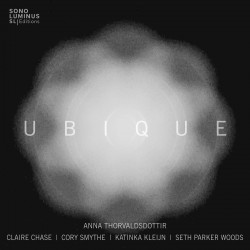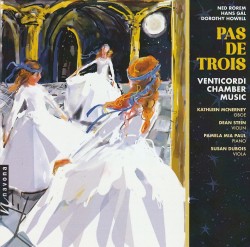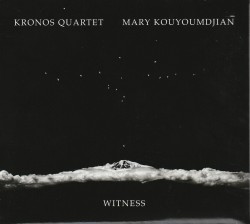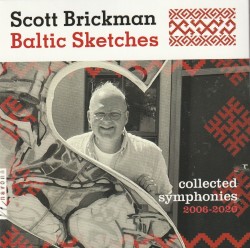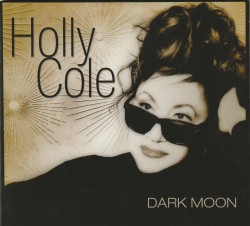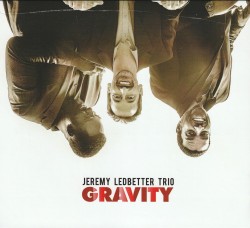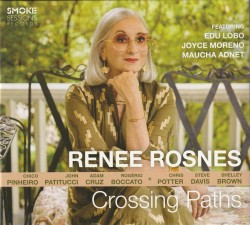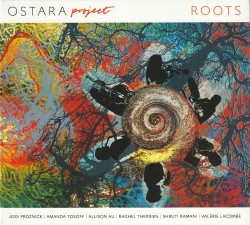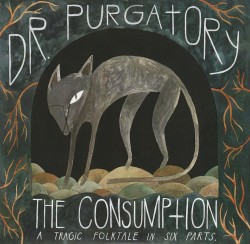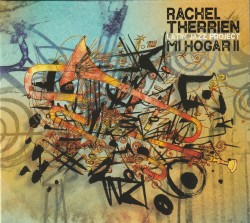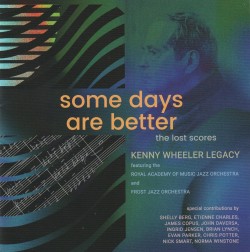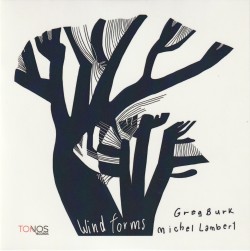Phoenix Rising - Angel Wang; Phoenix Orchestra
 Phoenix Rising
Phoenix Rising
Angel Wang; Phoenix Orchestra
Leaf Music LM299 (leaf-music.ca/music/lm299)
The talented violinist Angel Wang has assembled a chamber ensemble, Phoenix Orchestra, in a debut project that includes the notorious Butterfly Lover’s Concerto (written by committee) that marked the beginning (in the ‘50’s) of the Chinese détente, embracing collaboration with Western Art Music, which has since transformed and stimulated world musical culture. Wang includes a few other Chinese ethnic folk tunes, and these pieces are all arranged for her tidy little group by conductor Claudio Vena.
The Butterfly Lover’s Concerto has become famous and we can find several performances on YouTube, usually using orchestras augmented with Chinese folk instruments where the solo part can get lost amongst all the sonorities. I have never really been able to follow this piece through all its dense tangle of sweet sounding lines, but Wang plays with such purpose and concentration that she negotiates all the potentially cloying and swooning portamenti with cool accuracy and taste. The folk tunes are similarly handled with simple orchestration and no gimmicks. The pentatonic sound of all these provides a recognizable Chinese identity.
To complement this repertoire Wang commissioned Chinese Canadian veteran composer Alice Ping Yee Ho to provide a contemporary balance. The result is the lyrical, lightly orchestrated Phoenix Rising, conceived to fit in with some of the sonorities of the other works, except that the violin part is more fragmented and allusive. The piece is gentle overall, and it is a welcome addition to Ho’s output. Sound and production are almost slick. This really grows on you.


